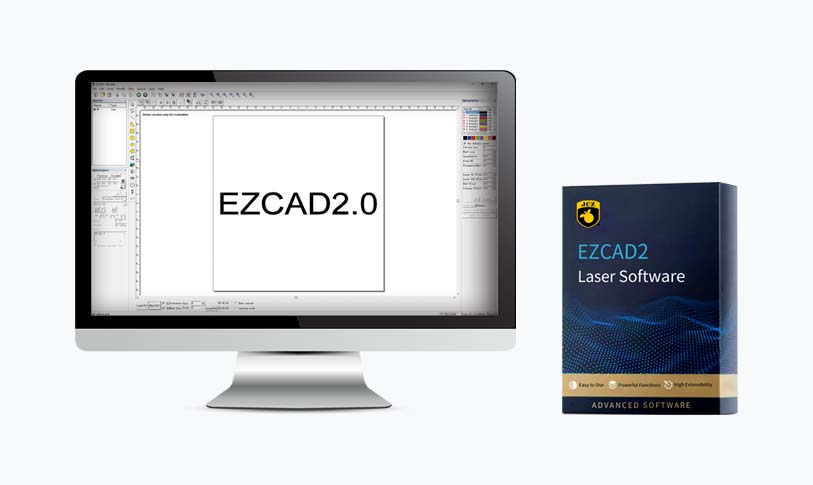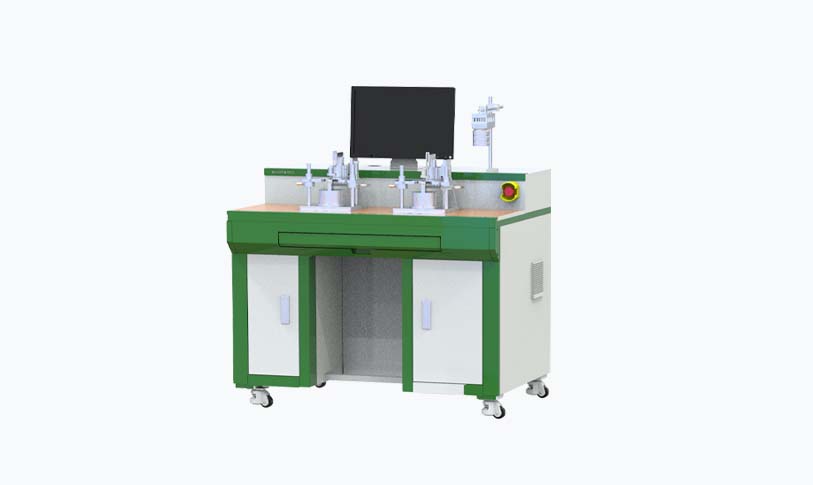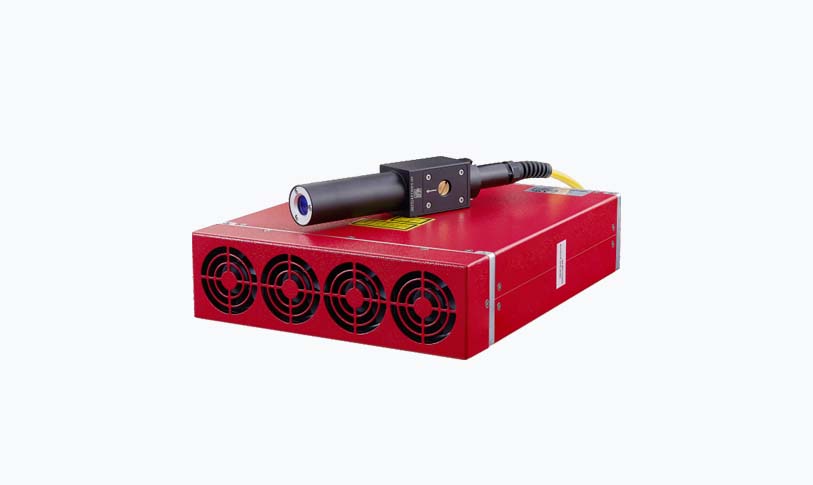In the ever-evolving landscape of manufacturing and industrial applications, laser technology plays a crucial role in various processes, from cutting and engraving to welding and marking. Among the most common types of lasers used in industry are fiber lasers and CO2 lasers. Each has its unique properties, advantages, and ideal applications. This article explores the key differences between fiber lasers and CO2 lasers, helping businesses make informed decisions about which technology best suits their needs.

Exploring the Key Differences and Advantages of Fiber Laser vs CO2 Laser Technologies in Modern Manufacturing and Industrial Applications
Understanding Fiber Lasers
Fiber lasers utilize a solid-state laser source that is created through optical fibers doped with rare-earth elements like ytterbium, erbium, or neodymium. The construction of fiber lasers enables them to produce a highly focused beam of light, which translates to incredibly precise cutting and engraving capabilities. One of the significant advantages of fiber lasers is their ability to cut through a variety of materials, particularly metals. Their wavelength, typically around 1060 nm, is well absorbed by both reflective and non-reflective metals, making them ideal for a wide range of metal-based applications.
Furthermore, fiber lasers are known for their efficiency and longevity. They have a high wall-plug efficiency, meaning they convert more electrical energy into laser energy, resulting in lower operational costs. Additionally, fiber lasers have fewer moving parts compared to other laser types, which contributes to their durability and reduces maintenance requirements.
Exploring CO2 Lasers
On the other hand, CO2 lasers use a gas mixture primarily composed of carbon dioxide, nitrogen, and hydrogen to generate a laser beam with a wavelength of approximately 10,600 nm. This longer wavelength allows CO2 lasers to effectively cut and engrave non-metallic materials such as wood, acrylic, glass, leather, and certain plastics. They are particularly well-suited for applications requiring high precision and detail, like intricate engraving on various substrates.
While CO2 lasers are excellent for non-metal materials, they can struggle with reflective metals, which is a significant drawback in applications that involve cutting or marking metal components. However, CO2 lasers still hold their ground in niche markets where the focus is on organic materials.

Exploring the Key Differences and Advantages of Fiber Laser vs CO2 Laser Technologies in Modern Manufacturing and Industrial Applications
Key Differences Between Fiber and CO2 Lasers
1. **Material Compatibility**: As mentioned, fiber lasers excel in cutting metals, including reflective materials, while CO2 lasers are preferred for non-metal materials. This distinction significantly impacts the choice of laser based on the primary materials used in a business’s production processes.
2. **Efficiency and Operating Costs**: Fiber lasers are generally more energy-efficient, resulting in lower electricity costs and prolonged operational life. CO2 lasers, although efficient for certain applications, can incur higher energy consumption over time.
3. **Precision and Beam Focus**: Fiber lasers produce a thinner, more focused beam, allowing for intricate cuts and engravings. This precision makes them ideal for applications requiring high detail. CO2 lasers, while also capable of fine work, may have limitations when it comes to extremely detailed projects.
4. **Speed and Throughput**: Fiber lasers often provide faster cutting speeds than CO2 lasers, particularly when working with metals. The quicker processing capabilities can lead to enhanced productivity and shorter turnaround times in manufacturing scenarios.
5. **Maintenance Requirements**: Fiber lasers, with their fewer moving parts and solid-state design, tend to require less maintenance compared to CO2 lasers, whose systems may need more regular attention due to gas replenishment and alignment.

Exploring the Key Differences and Advantages of Fiber Laser vs CO2 Laser Technologies in Modern Manufacturing and Industrial Applications
Conclusion
In conclusion, both fiber lasers and CO2 lasers hold significant advantages depending on the specific needs of an industrial application. For businesses heavily focused on metal processing and requiring quick, detailed cuts, fiber lasers present the ideal solution. Conversely, for enterprises that prioritize working with non-metal materials and intricate engraving, CO2 lasers remain the technology of choice.
Ultimately, understanding the key differences between these two laser technologies empowers businesses to select the right equipment tailored to their operational requirements, driving efficiency and productivity in their manufacturing processes. As technology continues to advance, companies must stay informed about the latest developments in laser technology to ensure they remain competitive in the global marketplace.3d design software for 3d printer


